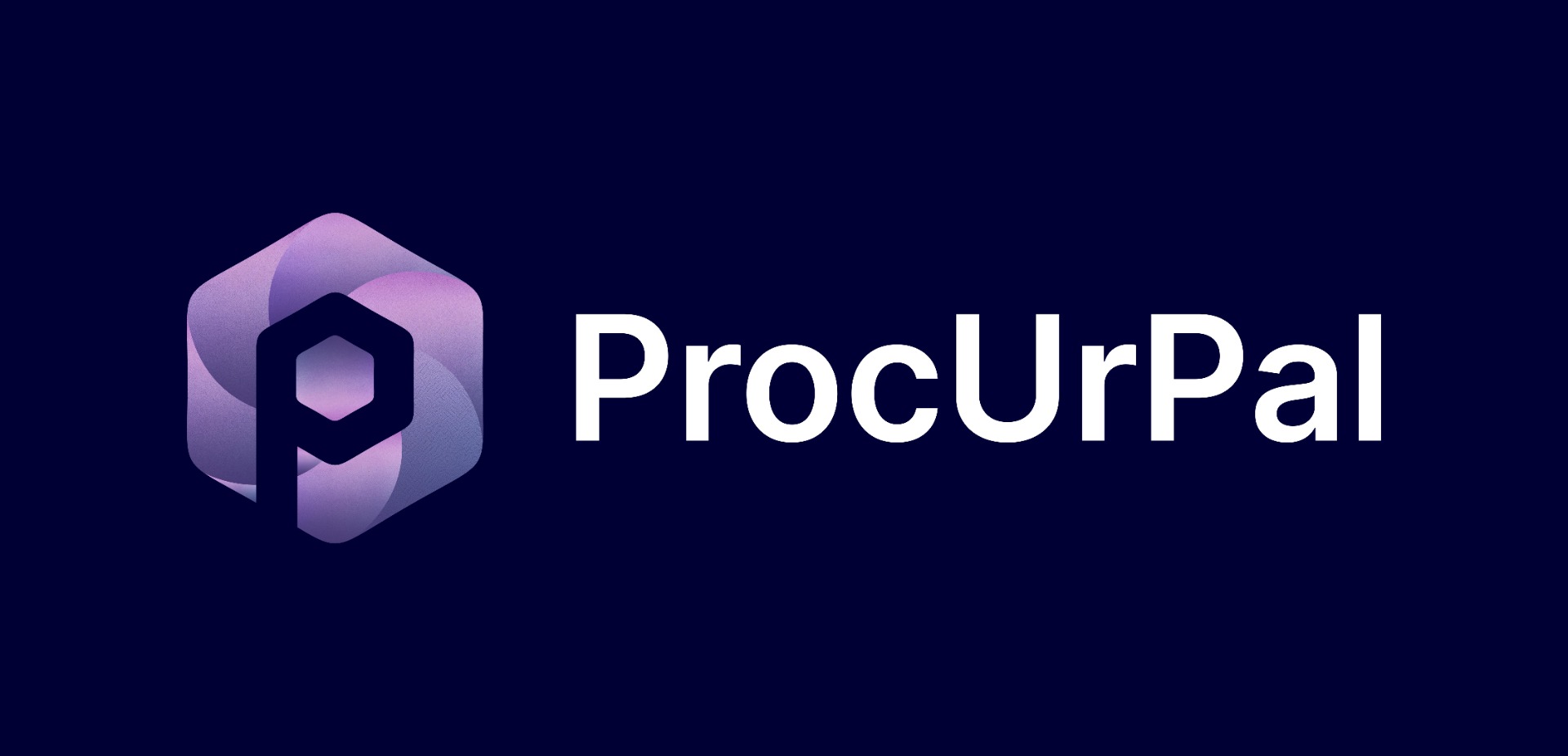The Role of Predictive Analytics in Procurement Planning
Introduction
In today’s fast-paced business environment, procurement teams face numerous challenges—ranging from fluctuating demand to supplier risk management. Predictive analytics, which involves using historical data and statistical algorithms to predict future outcomes, is proving to be a game-changer for procurement planning. By harnessing predictive analytics, businesses can enhance decision-making, optimize inventory, and reduce costs, all while improving supplier relationships and ensuring supply chain resilience.
In this post, we’ll explore how predictive analytics is revolutionizing procurement planning and how businesses can leverage these technologies to stay ahead in a competitive marketplace.
1. The Foundation of Predictive Analytics in Procurement 🔍
Predictive analytics involves analyzing past data to make informed predictions about future events. In procurement, it enables organizations to anticipate demand, manage risks, and optimize inventory levels. By identifying patterns and trends, procurement teams can forecast the need for materials, equipment, and services, allowing them to make data-driven decisions well in advance.
Tip: Integrating predictive analytics into procurement planning helps businesses stay ahead of supply chain disruptions and make smarter purchasing decisions.
2. Optimizing Inventory Management with Predictive Analytics 📦
One of the key applications of predictive analytics in procurement is inventory management. By forecasting demand based on historical data, seasonality, and market trends, businesses can optimize inventory levels, preventing both overstocking and stockouts. This ensures that companies maintain an optimal level of inventory to meet customer demand while minimizing excess costs associated with storing unsold goods.
Tip: Using predictive analytics tools to track inventory trends, businesses can automate reordering processes, ensuring that they always have the right amount of stock at the right time.
3. Forecasting Supplier Performance Using Predictive Analytics 📈
Supplier performance is a critical factor in procurement planning. Predictive analytics can be used to evaluate historical supplier data to predict future performance, including on-time deliveries, quality consistency, and pricing stability. By identifying trends in supplier behavior, procurement teams can make more informed decisions when selecting suppliers, renegotiating contracts, or mitigating risk.
Tip: By continuously monitoring supplier performance through predictive models, procurement teams can create stronger partnerships and take proactive steps to address any potential issues before they arise.
4. Managing Procurement Risk with Predictive Insights ⚠️
Managing risk is an integral part of procurement planning. Predictive analytics can be used to forecast various risks such as geopolitical factors, supply chain disruptions, market fluctuations, and changing regulations. With data-driven insights, businesses can better assess risks related to suppliers, transportation, and external factors, allowing them to put mitigation strategies in place.
Tip: Risk management strategies that incorporate predictive insights can help businesses avoid costly disruptions and minimize exposure to market volatility.
5. Enhancing Demand Forecasting for Better Procurement Planning 📅
Predictive analytics enhances demand forecasting by analyzing historical sales data, consumer trends, and even external factors like economic shifts or weather patterns. These insights allow procurement teams to predict future demand with higher accuracy, ensuring that businesses can procure the right quantities of materials or products at the right time.
Tip: Integrating external factors such as market conditions or customer behavior into demand forecasts allows businesses to create more precise procurement plans.
6. The Role of Machine Learning in Predictive Analytics 🤖
Machine learning (ML) plays a significant role in predictive analytics by continuously improving the accuracy of predictions over time. In procurement planning, machine learning algorithms analyze vast amounts of data, learn from patterns, and provide more accurate forecasts as new data becomes available. This allows procurement teams to make real-time adjustments to procurement strategies and ensure optimal outcomes.
Tip: Embracing machine learning models can help businesses stay agile in a dynamic marketplace and make more accurate procurement decisions with minimal human intervention.
7. Integrating Predictive Analytics into Procurement Platforms 💻
To maximize the benefits of predictive analytics, businesses can integrate these tools into their existing procurement platforms. Many modern procurement solutions come with built-in analytics capabilities, allowing procurement teams to access predictive insights directly within the platform. This makes it easier to incorporate predictive analytics into day-to-day decision-making processes.
Tip: Look for procurement platforms that offer seamless integration of predictive analytics and other advanced tools to enhance procurement strategies.
Final Thoughts
The role of predictive analytics in procurement planning cannot be overstated. By leveraging data-driven insights and predictive models, businesses can improve decision-making, optimize inventory, manage supplier relationships, and mitigate risk. As predictive analytics continues to evolve, businesses that embrace these technologies will be better equipped to navigate challenges and capitalize on opportunities in a competitive marketplace.
For businesses looking to enhance their procurement planning, adopting advanced analytics solutions, such as those offered by Procurpal, can provide valuable insights and streamline procurement strategies for better outcomes.




Leave a Reply